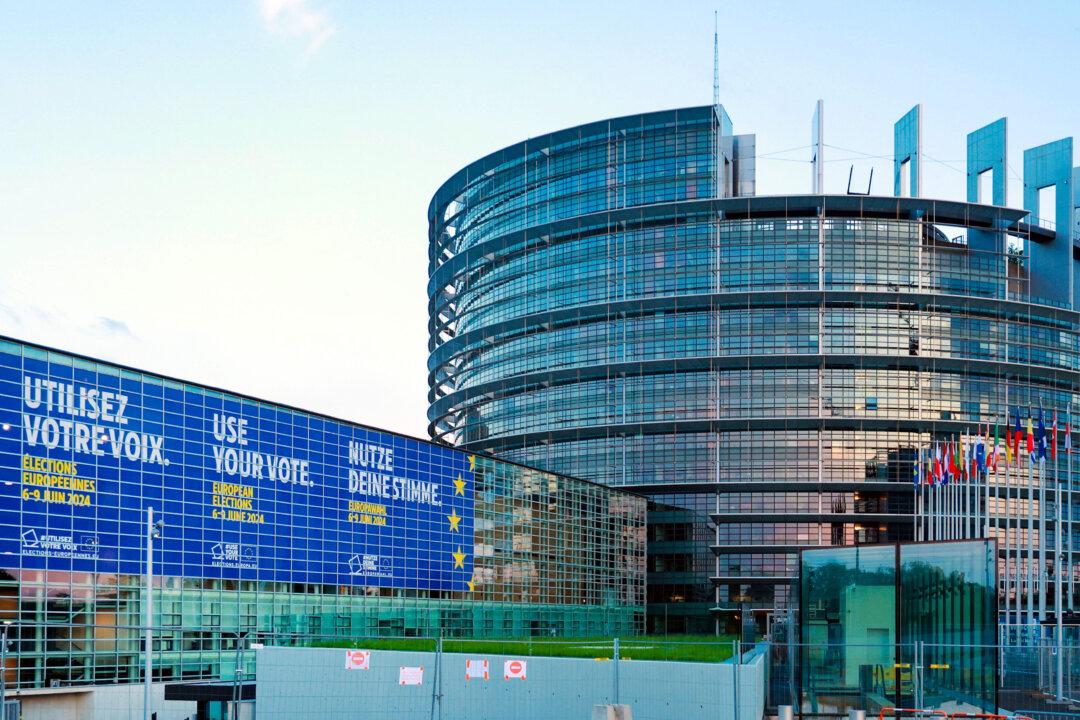The New York City mayor announced on Wednesday a new $75 million investment in state electric vehicles and charging infrastructure as a part of a bigger initiative to transition the entire city fleet to electric vehicles.
The plans will replace 300 gas-powered city fleet vehicles and retrofit 125 diesel-powered trucks to run on electricity, Mayor Bill de Blasio said, according to a statement.





